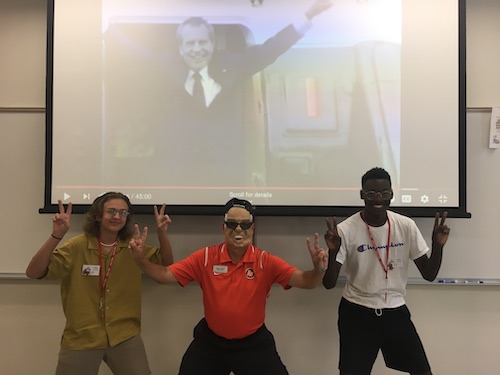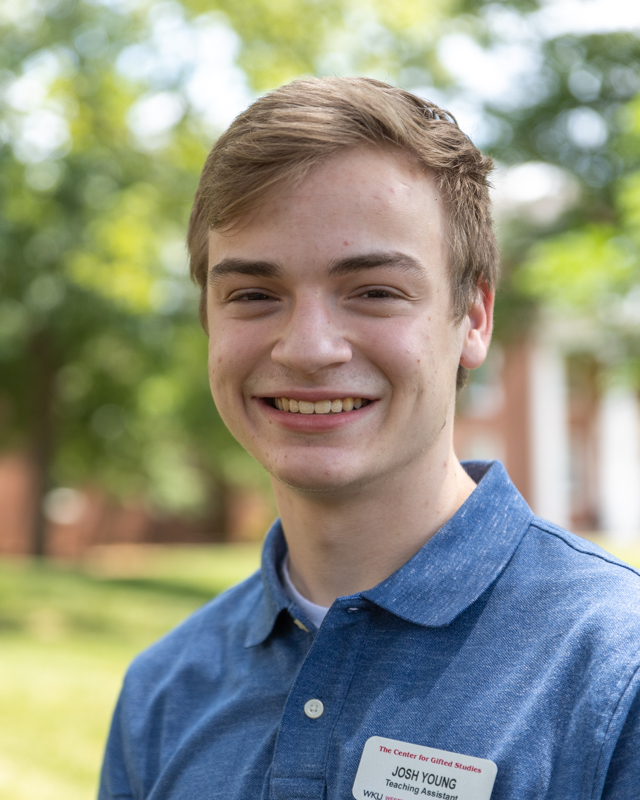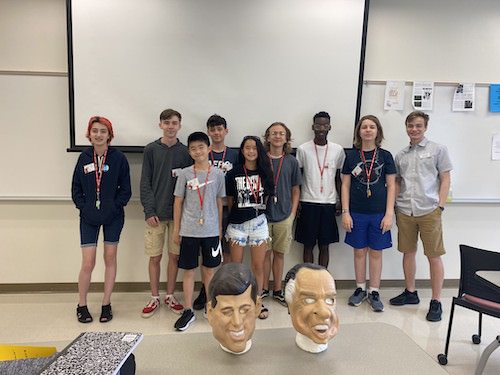by Joshua Young
Even though American history is taught in middle and high school, recent U.S. history is rarely covered in depth. In Presidential Politics, we are studying the past 60 years of our country, starting with the election of JFK in 1960 and finishing with the presidency of Joe Biden. Throughout our class we take a critical look at the leaders of our country and how their decisions impacted our current political moment.
A typical day consists of covering a four-year presidential term, starting with the presidential election. After watching campaign commercials and researching the candidates’ positions, two students participate in a mock debate. The class is always excited for this part of the day because they enjoy taking on the persona of a candidate and arguing for their beliefs. We also look at what the American people thought of these politicians in their own time by looking at political cartoons and Saturday Night Live political sketches. After covering the election, we move on to covering the major domestic and foreign policy issues that faced each president. We’ve learned that even if presidents come into office with certain goals, often they are dealt a different hand and must respond to a crisis.
After lunch, we usually debate significant Supreme Court cases by dividing the class into three groups: a prosecution, a defense, and Supreme Court justices. By discussing topics such as students’ right to free speech or legal rights for the accused, we learn how many of our modern-day rights were defined and how our government interprets the Constitution. Whether by roleplaying as a justice or as a presidential candidate, acting out important decisions and debating these issues allows us to better understand the motivations and reasoning behind both political parties.

In our third week of class, we are looking forward to our Presidential Face-Off Tournament. Earlier this week we had a draft where students got to choose four presidents to defend in the tournament. For rankings, we used C-SPAN’s Presidential Historical Survey to ensure that no one student got all the good presidents! Student have been researching their handful of presidents and will debate their classmates in a one-on-one bracket to argue why their president’s legacy is more important. They are excited to also get into the criticisms of their opponents, as there is a portion of each debate where both participants will get an opportunity to ask the other a question and challenge their claims. It has been very rewarding to see the students get very competitive and determined to win the tournament.
One thing that has surprised me so far is how excited and outgoing these students have been throughout every activity. Often a class may take a few days to warm up to each other, but from the very first day they were eager to speak up and debate the issues. I believe that after going through our three-week crash course in our country’s recent past, our students will be well-informed and understand the historical precedents for politics today.


